They root from the basal nodes and may reach a height of 0.9-2 (-3) m. Para grass is leafy. Leaf blades are hairy, linear, up to 30 cm long and 16-20 mm wide. The inflorescence is a panicle (6)-10-20 (-30) cm long holding 5-20 spreading racemes (2-15 cm long). In spite of its high number of flower heads, para grass is a poor seed producer and its seeds are not very viable.
Para grass is a palatable species mainly used for its high quality forage. A fast growing grass, it can be grazed or used in cut-and-carry systems, either to be directly fed or to make hay or silage. It is particularly suited to wet, poorly drained places as it can grow in water down up to 1.2 m deep.
In such “pond pastures”, para grass is a valuable green reserve of forage during droughts. It was reported to have ethnomedicinal properties, and its leaves are occasionally used as an antiseptic in cutaneous affections. In Brazil, para grass naturally hybridized with Brachiaria arrecta resulting in the hybrid “Tangola”, a valuable grazing forage for milk production.
It was introduced as a forage grass or for erosion control into most tropical countries. It is naturally found in poorly drained, swampy or seasonally waterlogged areas, along creeks, rivers, floodplains, wetlands and drainage channels, around lakes and dams, in roadside ditches and in other damp habitats.
Para grass is a perennial, stoloniferous grass. It has stout and long trailing runners that can grow to a length of 5 m. Erect culms are decumbent. This grass having high Protein content up to 18% crude fibre up to 24% in world wide. In a very sweet taste, “Sweet Grass” & Short term you get high yields.suited to poorly drained, swampy, flooded areas highly palatable nutritious forage or made into hay or silage .
They root from the basal nodes and may reach a height of 0.9-2 (-3) m. Para grass is leafy. Leaf blades are hairy, linear, up to 30 cm long and 16-20 mm wide. The inflorescence is a panicle (6)-10-20 (-30) cm long holding 5-20 spreading racemes (2-15 cm long). In spite of its high number of flower heads, para grass is a poor seed producer and its seeds are not very viable.

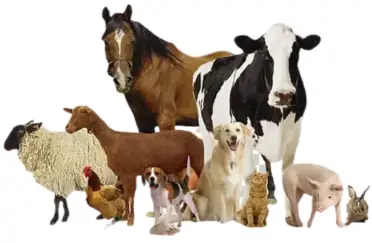






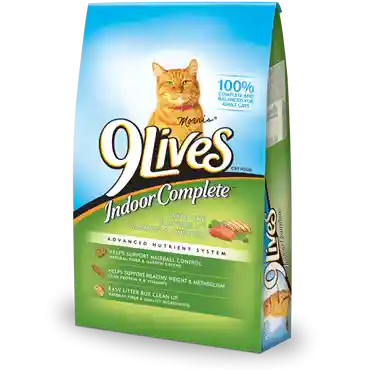

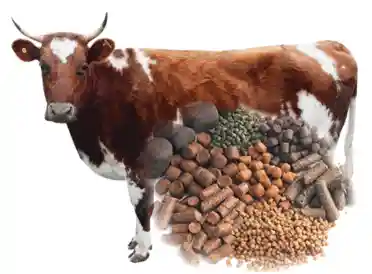


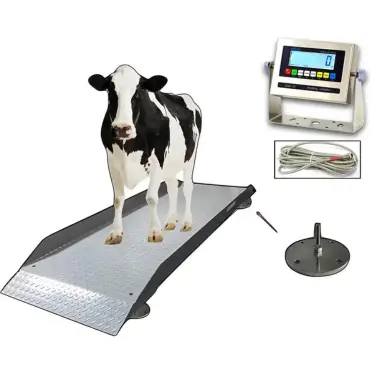
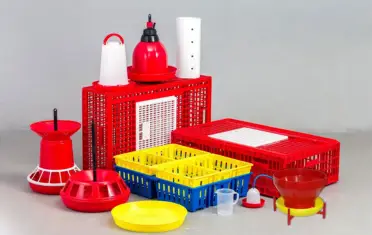




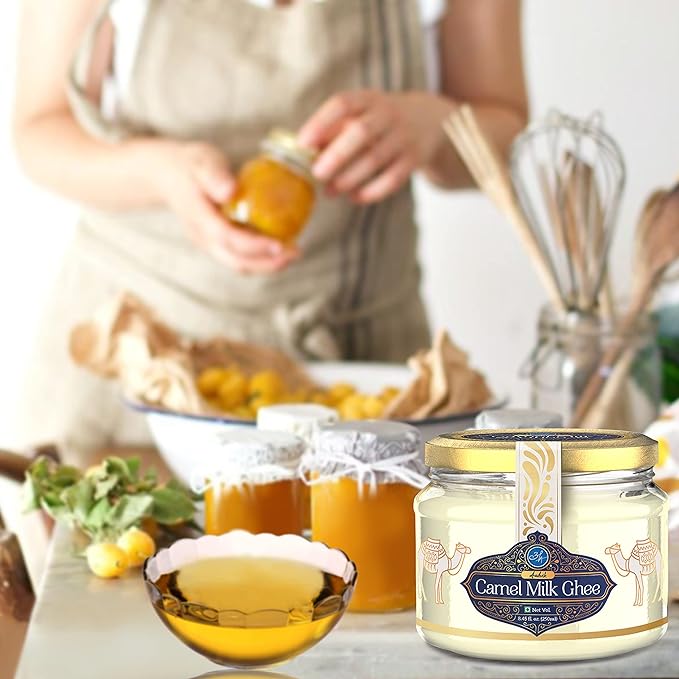

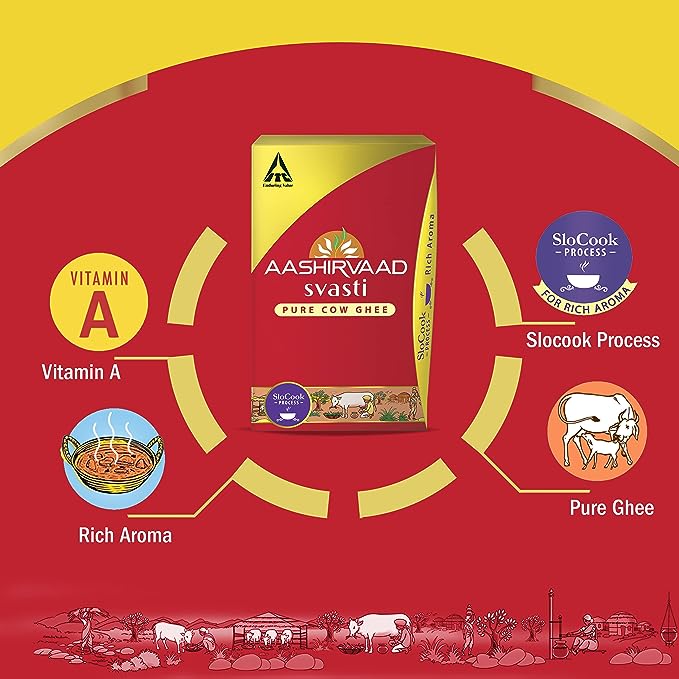

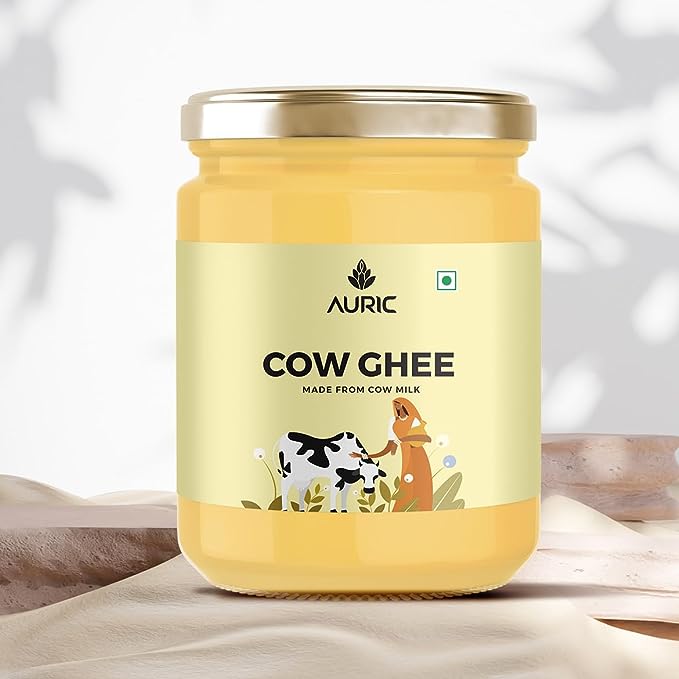
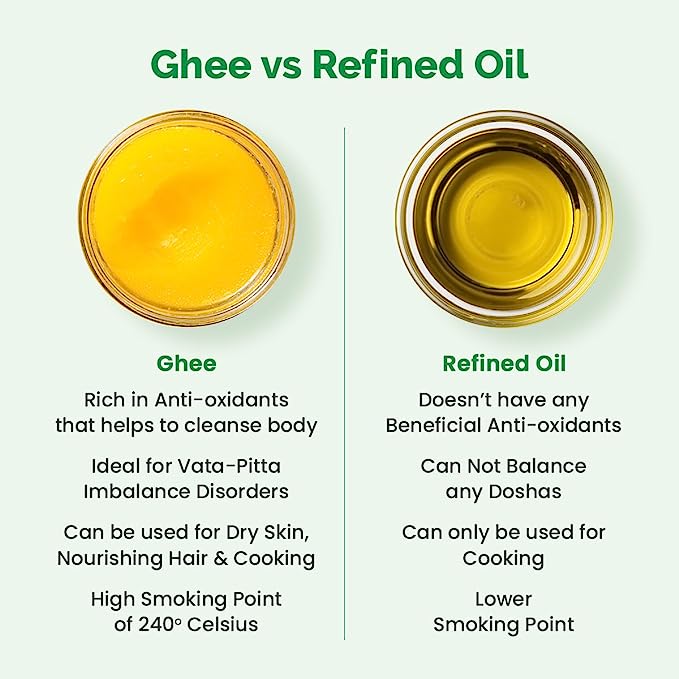
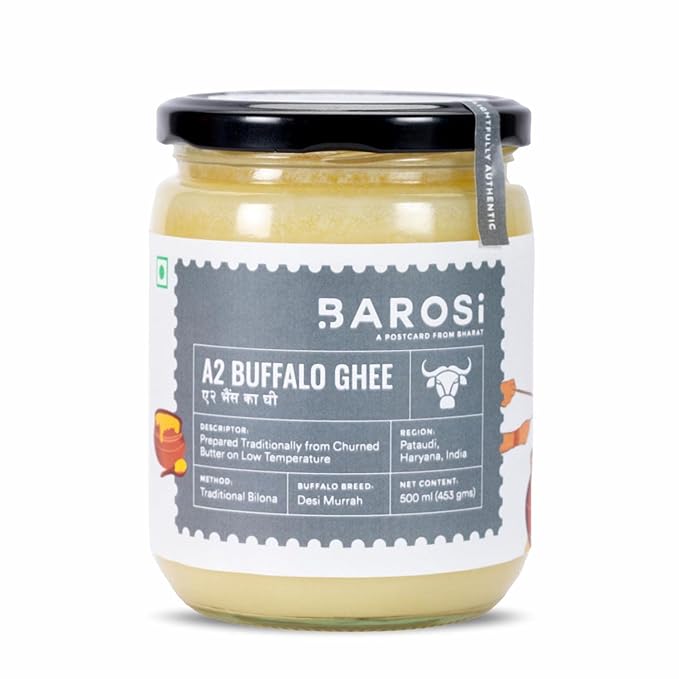
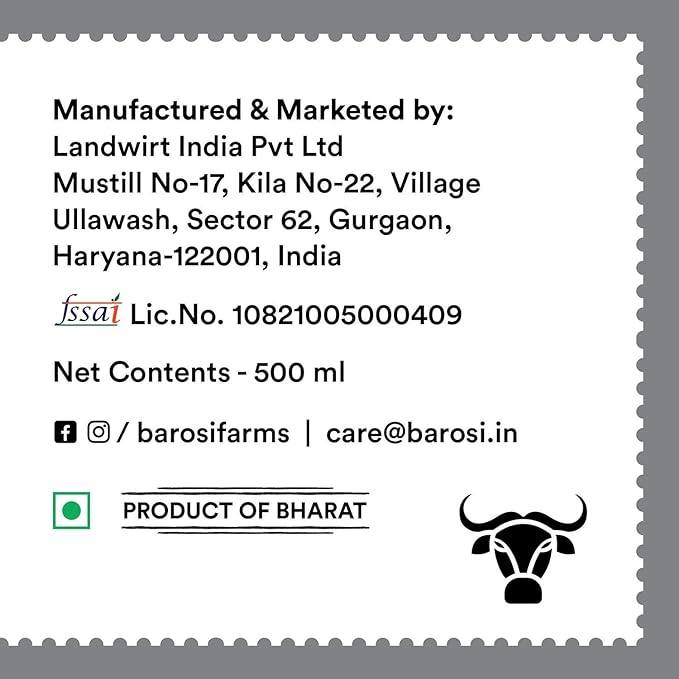

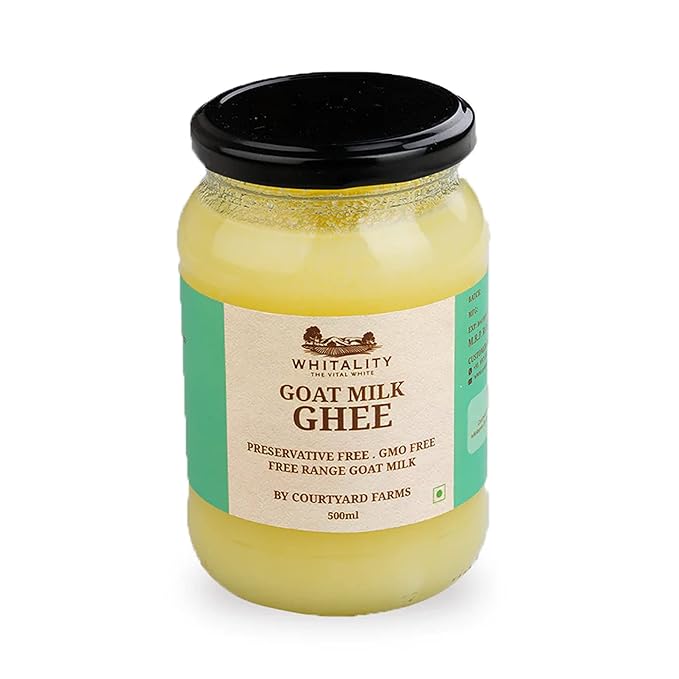





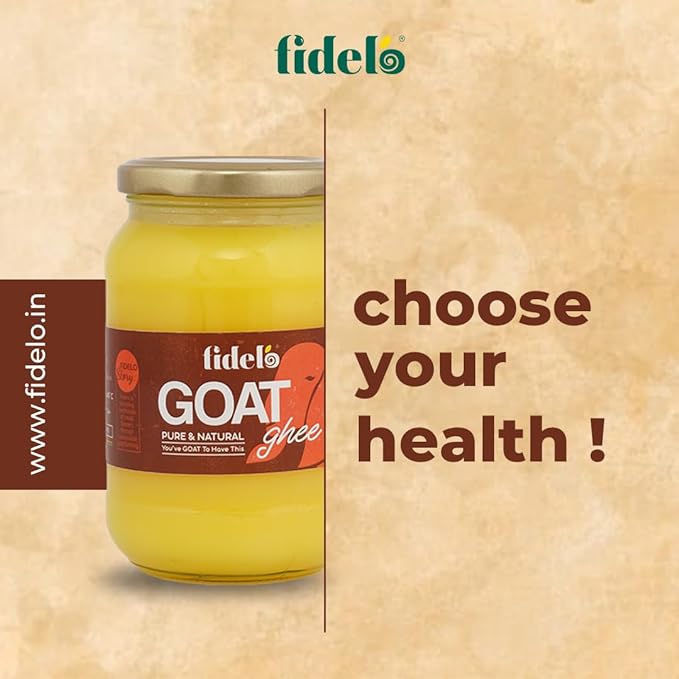


















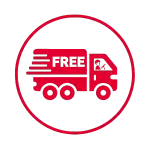


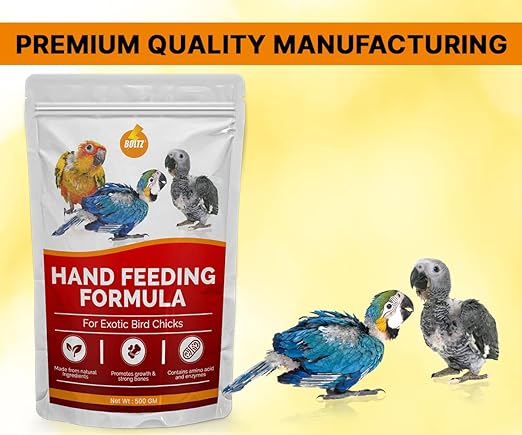

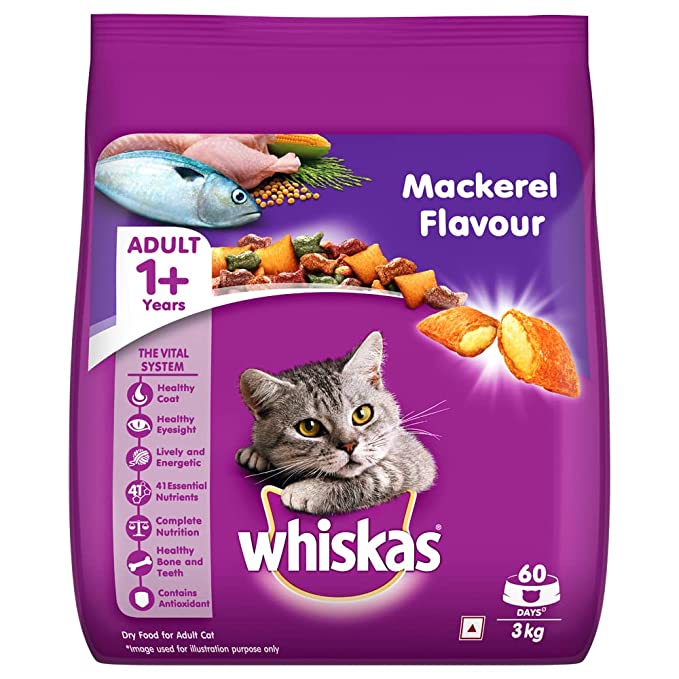
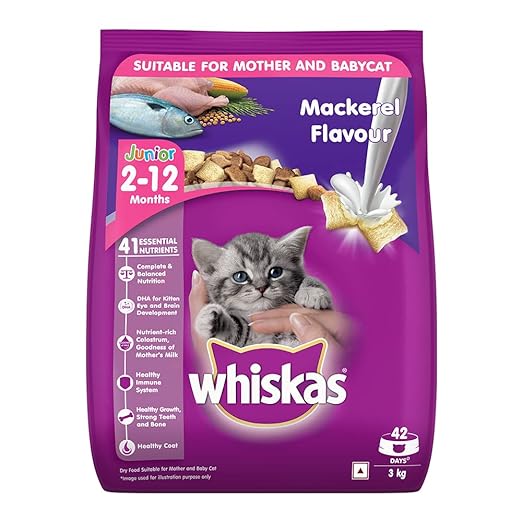









Reviews
There are no reviews yet.